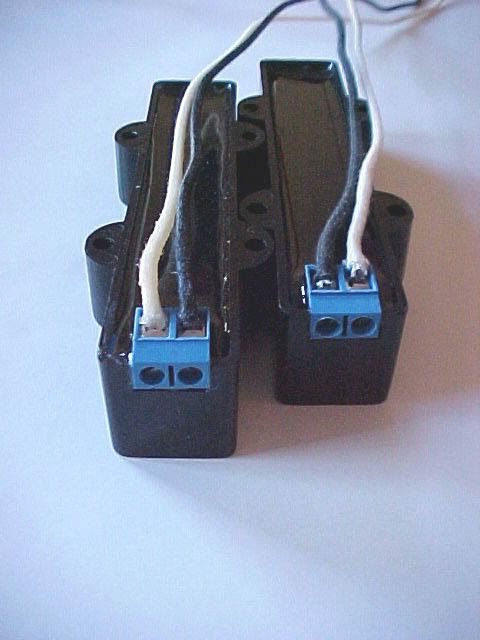Read a few threads on here lately about soldering problems, mostly from posters who are just into pickup making.
I came up with this idea a while back when i started making pickups, maybe this would help somebody out, it requires no soldering at the pickup.
I bought a few packets of compression springs 5/32" dia. and 1/4"dia, length 3", cut them up into short pieces and inserted two into the baseplate of the pickup and four into a humbucker test pickup, reinforcing them with a little superglue.
I then pulled the springs back slightly and slipped in the start and end magnet wires.
I pressed lightly down on each spring (to get through the insulation) until i got a reading from my meter.
All was left was to hook up the switch control wires the same way to the springs underneath the baseplate.
I came up with this idea a while back when i started making pickups, maybe this would help somebody out, it requires no soldering at the pickup.
I bought a few packets of compression springs 5/32" dia. and 1/4"dia, length 3", cut them up into short pieces and inserted two into the baseplate of the pickup and four into a humbucker test pickup, reinforcing them with a little superglue.
I then pulled the springs back slightly and slipped in the start and end magnet wires.
I pressed lightly down on each spring (to get through the insulation) until i got a reading from my meter.
All was left was to hook up the switch control wires the same way to the springs underneath the baseplate.



Comment